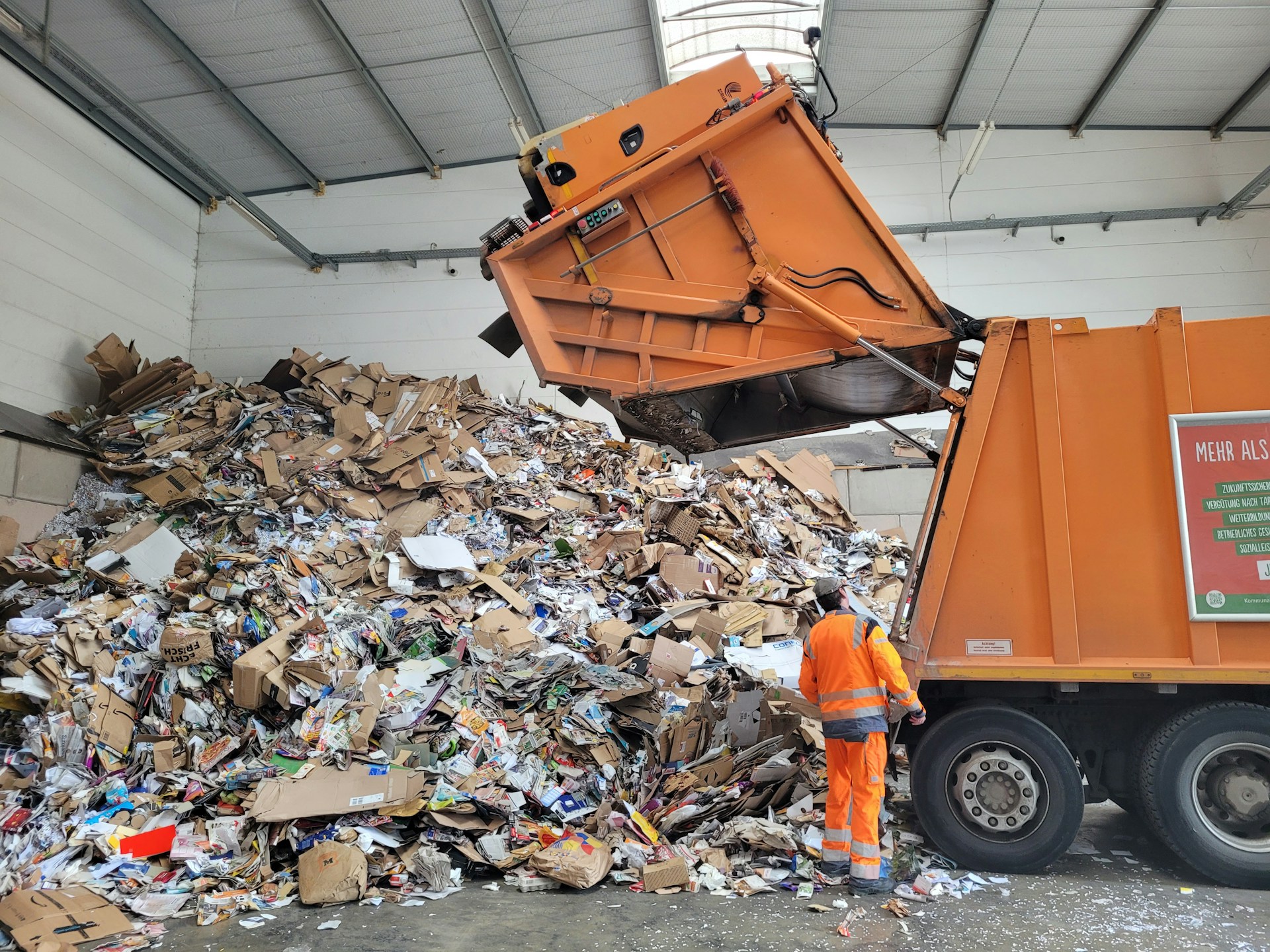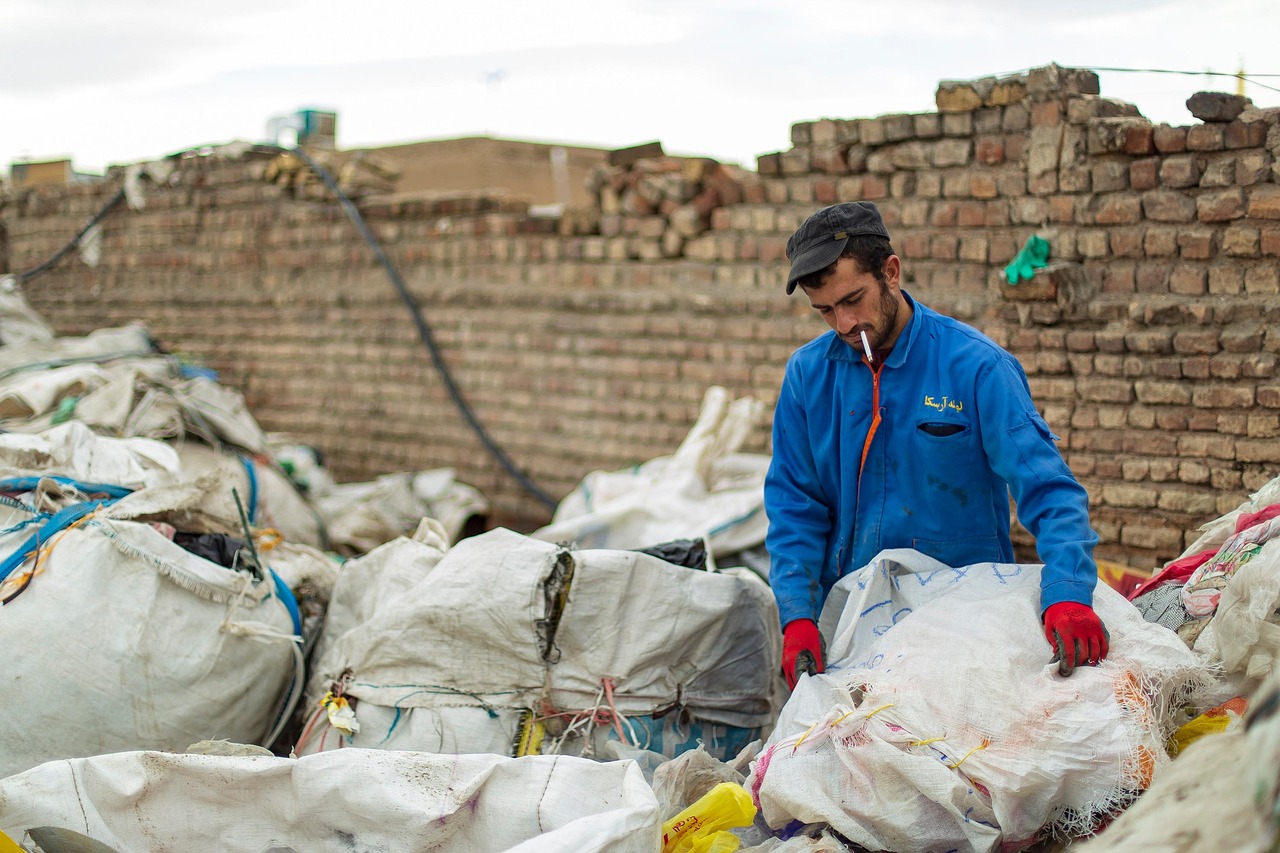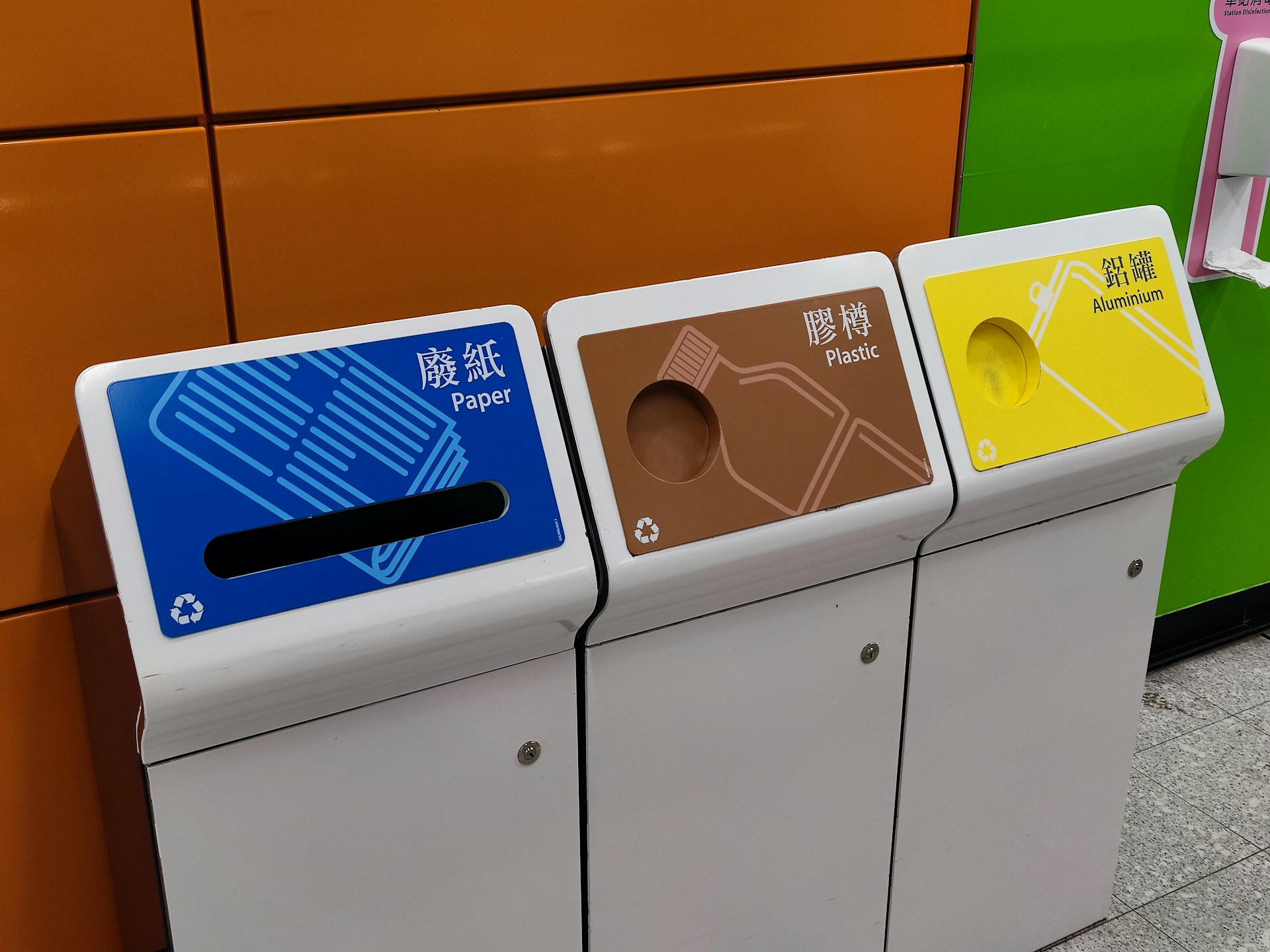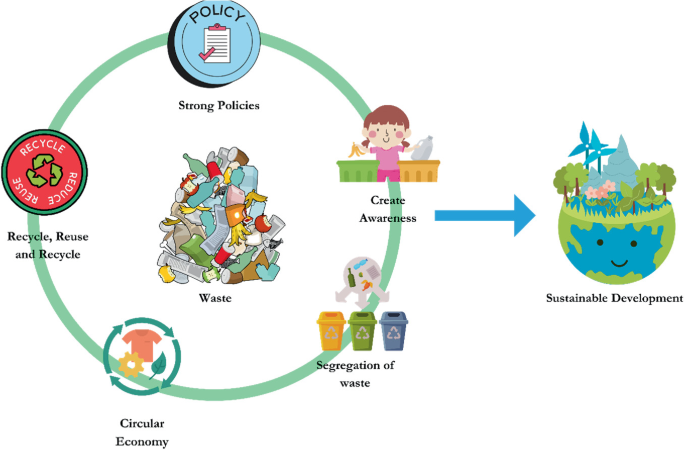Ever get your waste collection bill and think, “Wait, I’m paying this much just to throw stuff away?” You’re not alone. Most people assume waste management is a simple operation—put trash in bin, trash disappears. But behind that vanishing act is a massive, complex, and surprisingly expensive system. And yes, it’s costing all of us a pretty penny.

So, what’s going on here? Why does it cost so much to manage garbage, recyclables, and compost? And what are the hidden forces driving up those fees?
Let’s grab our metaphorical rubber gloves and dig into this dirty subject.
The Hidden Machinery Behind Waste Collection
We often don’t think about what happens after we toss a banana peel or a cardboard box into the trash. But that journey from your kitchen bin to its final destination involves:

-
Labor (lots of it)
-
Fuel
-
Equipment maintenance
-
Facility operations
-
Compliance with strict regulations
In short, waste collection is not just about trash—it’s about logistics, science, and government red tape.
Trucks, Fuel, and That Lovely Aroma of Exhaust Fumes
Did you know that waste collection trucks are among the most fuel-guzzling vehicles on the road? These trucks are large, heavy, and often stop-and-go every few feet. That’s a nightmare for fuel efficiency. Even with the push for electric fleets, the costs of converting to eco-friendly tech are huge.
And these trucks aren’t cheap either. A single waste collection truck can cost anywhere between $200,000 to $350,000. Multiply that across cities and counties, and you’ve got a fleet that eats through a budget faster than rats in a landfill.
Labor Costs: The Human Element of Trash
Waste management isn’t just about machines—it’s powered by people. Skilled drivers, sorters, supervisors, mechanics—everyone plays a role in keeping our waste system from collapsing into chaos.

And these aren’t minimum wage gigs either (nor should they be). Waste management workers face difficult and often hazardous conditions. From heavy lifting to exposure to toxins and the risk of injuries, it’s a tough job. Naturally, fair wages, benefits, and insurance add up fast.
Did You Know?
In the U.S., waste collectors have one of the highest fatality rates among civilian occupations. That risk doesn’t come cheap—it demands investment in training, safety gear, and compensation.
Recycling: Green Dream, Expensive Reality
Recycling sounds simple. Toss plastics, paper, and glass into a blue bin and feel good about saving the planet. But the reality? Far messier.

Processing recyclables takes:
-
Advanced machinery
-
Skilled labor to remove contaminants
-
Transportation to distant markets
-
Constant sorting and re-sorting
Contamination is a huge issue. If one greasy pizza box makes it into a load of cardboard, the entire batch could be rejected. That means all that work—and money—goes to waste. Literally.
Global Market Chaos
Here’s a fun twist: for decades, the U.S. and many Western countries shipped a significant portion of recyclables to China. But in 2018, China’s “National Sword” policy banned most foreign waste imports. The ripple effect? Suddenly, tons of recyclables had nowhere to go—leading to increased costs and, ironically, more recyclable materials being dumped in landfills.
Landfills Aren’t Free—and They’re Filling Fast
Let’s talk dirt—literally. Landfills aren’t just holes in the ground. Modern landfills are engineering marvels with:
-
Liners to prevent leachate contamination
-
Gas collection systems to trap methane
-
Environmental monitoring
-
Closure and post-closure care
And they have to follow state and federal regulations that can cost millions to implement.
Running Out of Space
Some urban areas are running out of landfill space. That means trucking waste further out—or even shipping it across state lines. And that means… you guessed it: more fuel, more time, more cost.
Regulation Nation: How Rules Drive Up the Price of Waste Collection
From OSHA safety rules to EPA environmental standards, the waste industry is heavily regulated—and for good reason. But compliance doesn’t come cheap.
Permits, inspections, air-quality controls, employee training, emissions management—these layers of oversight ensure public safety but add to the overhead. Waste companies pass those costs on to municipalities, who pass them on to—you guessed it—you.
Technology Is Amazing… and Pricey
Modern waste management is getting smarter. We’ve got:
-
RFID chips on bins to track usage
-
Route optimization software
-
Automated sorting machines
-
AI-powered waste analysis
All of this is cool. It improves efficiency and sustainability. But there’s one catch: the upfront investment in tech is massive. And maintenance isn’t a walk in the (trash-littered) park either.
Waste Collection in Rural vs. Urban Areas: The Cost Gap
Where you live plays a big role in how much you pay. In dense urban centers, collection routes are short, and there are economies of scale. But in rural areas, homes are far apart. That means longer drives and fewer bins emptied per mile.

Fun Fact:
Some rural communities pay double or triple what urban dwellers pay for waste collection, simply because the logistics are harder.
Specialized Waste = Specialized Costs
All trash is not created equal.
Consider:
-
Hazardous waste (chemicals, medical waste)
-
Electronic waste (computers, phones, batteries)
-
Construction debris
-
Food waste and compostables
Each of these requires different handling, equipment, safety measures, and disposal methods. And yes, each one comes with a unique price tag.
Ever tried disposing of an old TV at a recycling center? It’s not cheap—and for good reason.
Inflation and the Global Economy
Like everything else, waste collection costs are affected by broader economic forces. Inflation drives up:
-
Labor wages
-
Equipment prices
-
Energy costs
-
Insurance premiums
And let’s not forget supply chain issues. When parts for garbage trucks are delayed or fuel prices spike, waste companies feel the pinch—and pass it on to you.
Public vs. Private Collection: Who’s Picking Up the Tab?
In some areas, waste collection is handled by local governments. In others, private companies are contracted. Each model has its pros and cons.
-
Public systems may offer more consistent service and long-term planning, but they’re often slow to adapt to new tech.
-
Private haulers might be more efficient and competitive but can also raise prices if demand outstrips supply.
Either way, the costs keep rising.
Waste Management: A Growing Industry with Growing Pains
Globally, the waste management industry is booming—expected to surpass $2 trillion by 2030. But this growth comes with growing pains.
Cities are expanding. Populations are rising. Consumerism is exploding. And the waste? Oh, it just keeps piling up.
With more waste comes more pressure on the system—meaning higher costs, more facilities, and more complexity.
Can Technology and Innovation Save Us?
There’s hope. New technologies and circular economy models are trying to turn waste into resources.
-
Waste-to-energy plants
-
Biogas from food waste
-
Composting programs
-
Pay-as-you-throw pricing models
But again, all of these require investments, behavior changes, and long-term thinking. None are silver bullets. Yet.
How You Can Help Cut Costs and Save the Planet (Yes, You)
So what can the average person do? Here’s a few quick wins:
-
Reduce consumption. Less stuff = less waste.
-
Sort properly. Contaminated recycling = wasted effort and money.
-
Compost. Organic waste doesn’t belong in landfills.
-
Support local policies. Advocate for smarter, greener waste strategies.
-
Educate yourself and others. Knowledge is trash’s worst enemy.
Conclusion: Waste Isn’t Cheap—Because It’s Complicated
So, why is waste management so expensive? Because it’s not just about hauling trash. It’s about infrastructure, people, regulations, economics, and an ever-changing world.
From fuel prices to recycling markets, every cog in the machine adds a few more dollars to the bill. And while some of that might feel frustrating, much of it is necessary to keep our cities clean, our air breathable, and our future sustainable.
Waste collection may never be “cheap,” but it can be smarter. And with the right investments, innovations, and actions—from individuals to policymakers—we can turn trash into treasure.
FAQ Section
Why does waste management charge so much?
Waste management companies don’t just pick up your trash and disappear into the sunset. They operate massive fleets of fuel-guzzling trucks, employ trained staff under strict safety standards, maintain complex sorting and landfill systems, and comply with layers of regulations. Add in skyrocketing fuel prices, labor costs, and advanced technologies, and it’s no wonder your waste collection fee is hefty. You’re not just paying for pickup—you’re paying for an entire infrastructure that makes our lives cleaner and safer.
Why is my waste management bill so high today?
Several factors could be at play. Fuel costs may have surged, your local landfill may be nearing capacity (requiring trash to be hauled farther), or the cost of recycling may have increased due to contamination or global market shifts. Additionally, inflation and supply chain issues have driven up prices on everything from truck parts to employee wages. Also, if you’ve recently added extra bins, scheduled a bulk pickup, or exceeded your bin’s weight limit—yep, expect a bigger bill.
How can I lower my WM bill?
Here are a few realistic tips to bring that bill down:
-
Reduce waste: Compost food scraps, donate unwanted items, and recycle properly to avoid overflow or contamination fees.
-
Share service: If allowed in your area, consider sharing a waste bin with a neighbor and splitting the cost.
-
Downsize your bin: Many companies charge based on bin size. If you consistently have half-empty bins, ask about a smaller container.
-
Avoid extras: Skip unnecessary pickups, large-item removals, or extra bags that come with added fees.
-
Call and ask: Sometimes, all it takes is a call to your provider to ask about lower-tier plans, senior discounts, or off-peak pickups.
What is the biggest problem in waste management?
If we had to pick one, it’s contamination. That greasy pizza box or plastic bag in the recycling bin? It can ruin an entire load, sending it straight to the landfill. But there’s also the issue of volume. The world is generating waste faster than we can manage it. Landfills are filling up, recycling markets are unstable, and public awareness of how to properly dispose of waste is still lacking.
Other pressing challenges include:
-
E-waste disposal
-
Illegal dumping
-
Underfunded municipal services
-
Climate impact of landfills and waste transport
It’s a multi-headed beast, and solving it requires a mix of education, innovation, and policy reform.
Why does Bill Gates own Waste Management?
This is one of those internet myths that mixes fact and fiction. Bill Gates doesn’t technically own Waste Management Inc., but his investment firm, Cascade Investment LLC, has held a significant stake in the company. Why? Because waste isn’t just trash—it’s big business. The waste industry is stable, regulated, and essential. And as the world produces more waste, the companies managing it will only grow in value.
So, while he might not be driving the garbage truck, Gates clearly sees the long-term potential (and profit) in a sector that literally deals in what we throw away.

